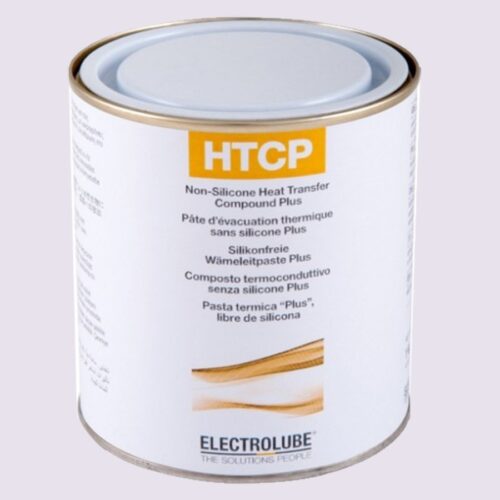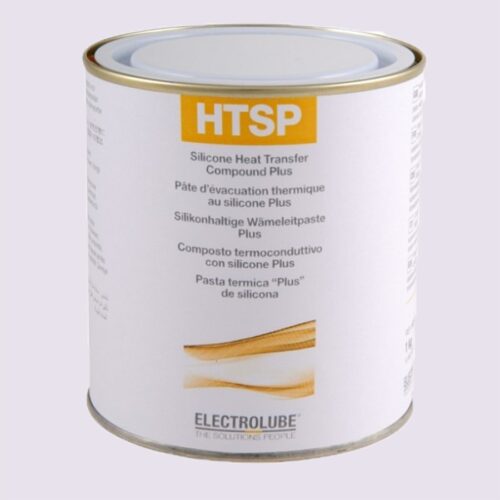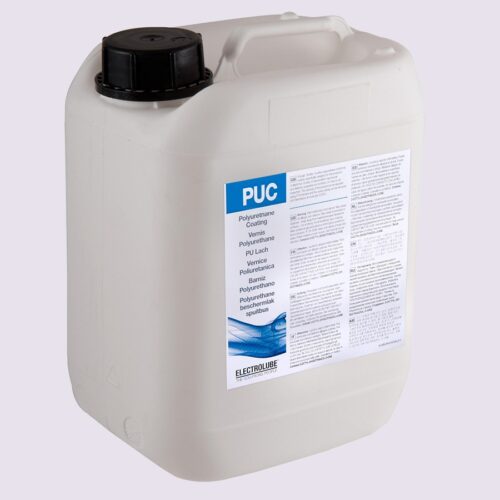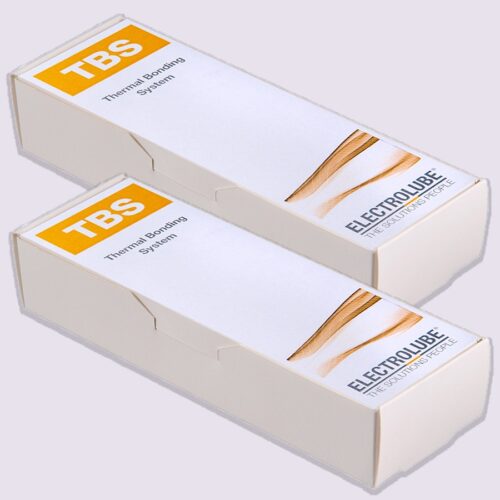Thermal Management Systems
Systems for managing and regulating temperatures are critical in many different sectors and applications where they are necessary for maximum performance and security. Thermal Management Systems are made to dissipate heat produced by machinery, processes, or electronic parts, keeping temperatures below acceptable ranges.
Thermal management systems are essential for keeping electronics from overheating, which can result in decreased performance, early failure, and even safety risks. Processors, graphics cards, and power supplies are just a few of the components that produce heat in electronic devices like computers, cell phones, and servers. These devices often use heat sinks, fans, and thermal interface materials in their thermal management systems to transmit and dissipate heat efficiently and maintain ideal operating temperatures.
What do you Understand by Thermal Management Systems?
Thermal Management Systems- During use, some electronic segments can create huge measures of warmth. Inability to adequately disperse this warmth away from the segment.
Also, the gadget can prompt dependability concerns and diminish operational lifetimes.
So in such cases, warm administration estimates should be taken. Similar contemplations can be applied to a total circuit or gadget which joins heat creating singular segments.
Electrolube’s broad warm interface materials and warm arrangements range are intended to help diminish the working temperature of various electronic gadgets.
With any warm application, we would consistently prompt testing before conclusive determination as the prerequisites and working climate will shift for every application.
Thermal Management Systems at Sumitron
Warmth sinks can be intended to offer a fundamentally expanded surface region to amplify heat dispersal. They are ordinarily associated with segments that produce a lot of nuclear power when utilize.
Hence scatter such energy away from the gadget to keep away from disappointment due to over-warming.
- Warm Pastes: Thermally conductive glues comprise thermally conductive fillers in a transporter liquid. Warm glues don’t fix; hence, they offer the best arrangement when adjustment is significant and give flexibility by keeping away from mathematical limitations influencing fix.
- Cements: Electrolube offers a warm holding cement called TBS, just as two RTV (room temperature vulcanizing) items: TCOR and TCER. TBS (Thermal Bonding System) is a two-section, high-strength epoxy glue intend to bond a warmth sink to the part.
- RTV Thermally Conductive Oxime: TCOR Thermally Conductive Oxime is a solitary part, high warm conductivity RTV for the compelling holding or hole filling in electronic gadgets. The item offers a serious level of warm conductivity and is appropriate for use over a wide temperature range, making it ideal for a wide assortment of employments, especially in car applications.
- Silicone Heat Transfer Compound Plus: HTSP gives a definitive warm conductivity along with the extremely wide temperature range acquired by utilizing silicone base oils. HTSP Silicone Heat Transfer Compound Plus is an altered ‘In addition to’ variant of Electrolube’s effective HTS which gives a definitive in warm conductivity along with the extremely wide temperature range get by utilizing silicone base oils.
As talked about, a warm interface material (TIM) would be utilized between a warmth-producing gadget and its related warmth sink. As the warmth sink will have a fundamentally higher warm conductivity than the interface material.
It is significant that lone a meager layer of the interface material is utilized; expanding thickness will just build the warm opposition for this situation.
Consequently, lower interfacial thicknesses and higher warm conductivities give the best improvement in heat movement. Sometimes, notwithstanding, using a material with a higher mass warm conductivity could be to the inconvenience of contact obstruction, and accordingly, no improvement will be cultivated.







